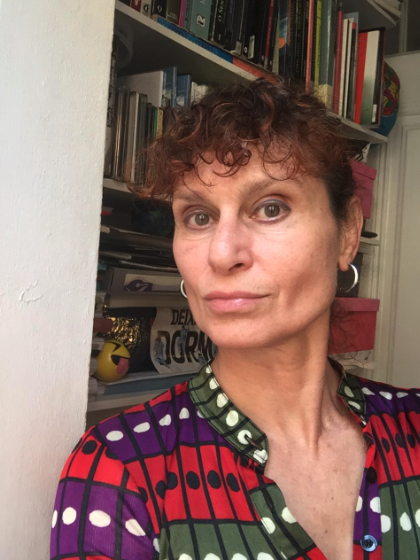Presence, liveness, mediation and corporeality –updating the core theory of digital performance in post-pandemic times
Clara Gomes
Abstract
In this communication I propose to bring into discussion cyberformance core concepts that are crucial to understand presence, liveness and mediation in current artistic practices. Liveness and the mediated in a criticism to essentialist views of the live as opposed to the technologic (Phelan, 1996) will be my point of departure following with Auslander’s (2011) view of interactivity and connectivity as the new liveness. The televisual or digital «live» events and our capacity of interaction are the condition of presence in our days. However if interactivity is the basis for the new liveness it may still be an illusory practice coming from a desire of full participation (Berringer, 2011) that is not yet technologically possible or/and is not yet adopted/accepted by the performers (during the pandemic most artists’ experiments in live mediated performance did not go further than videoconferencing). Another aspect of presence is the «virtually human» (Boelstroff, 2008), a condition where the performer is always present in her body developing a somatic notion of corporeality as opposed to a dated dichotomic perspective of post-humanism. Traditionalist views of presence will be challenged further by the extreme case of the performance of non-living entities as in some bio-performances.
bio

Clara Gomes is a cinema director, performer, university lecturer and researcher of ICNOVA’s Cognition and Performance group, Universidade Nova de Lisboa, where she presented her PhD dissertation Cyberformance: performance in virtual worlds (LEYA, 2015). She develops research on the uses of virtual environments and multi-modal interfaces for the arts. She is a member of the international mixed reality performance project Senses Places and of the cyberformance platform UpStage.
